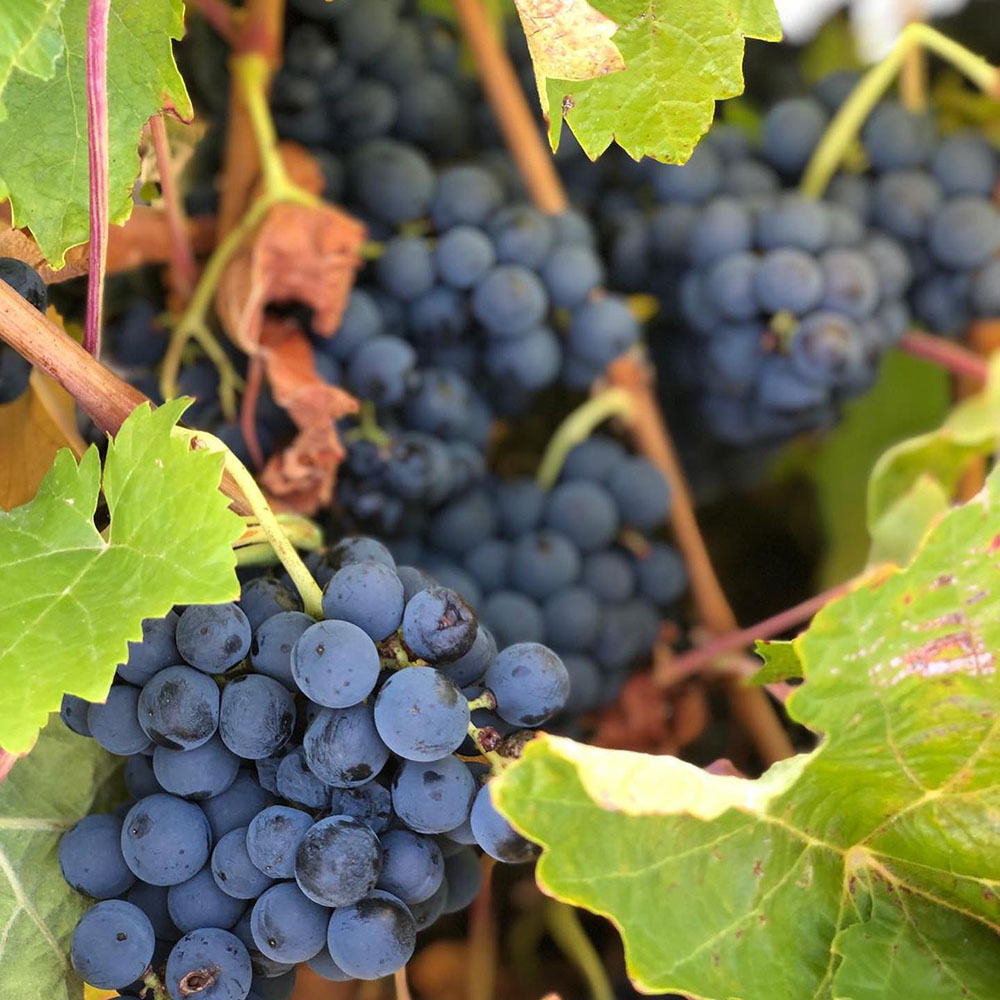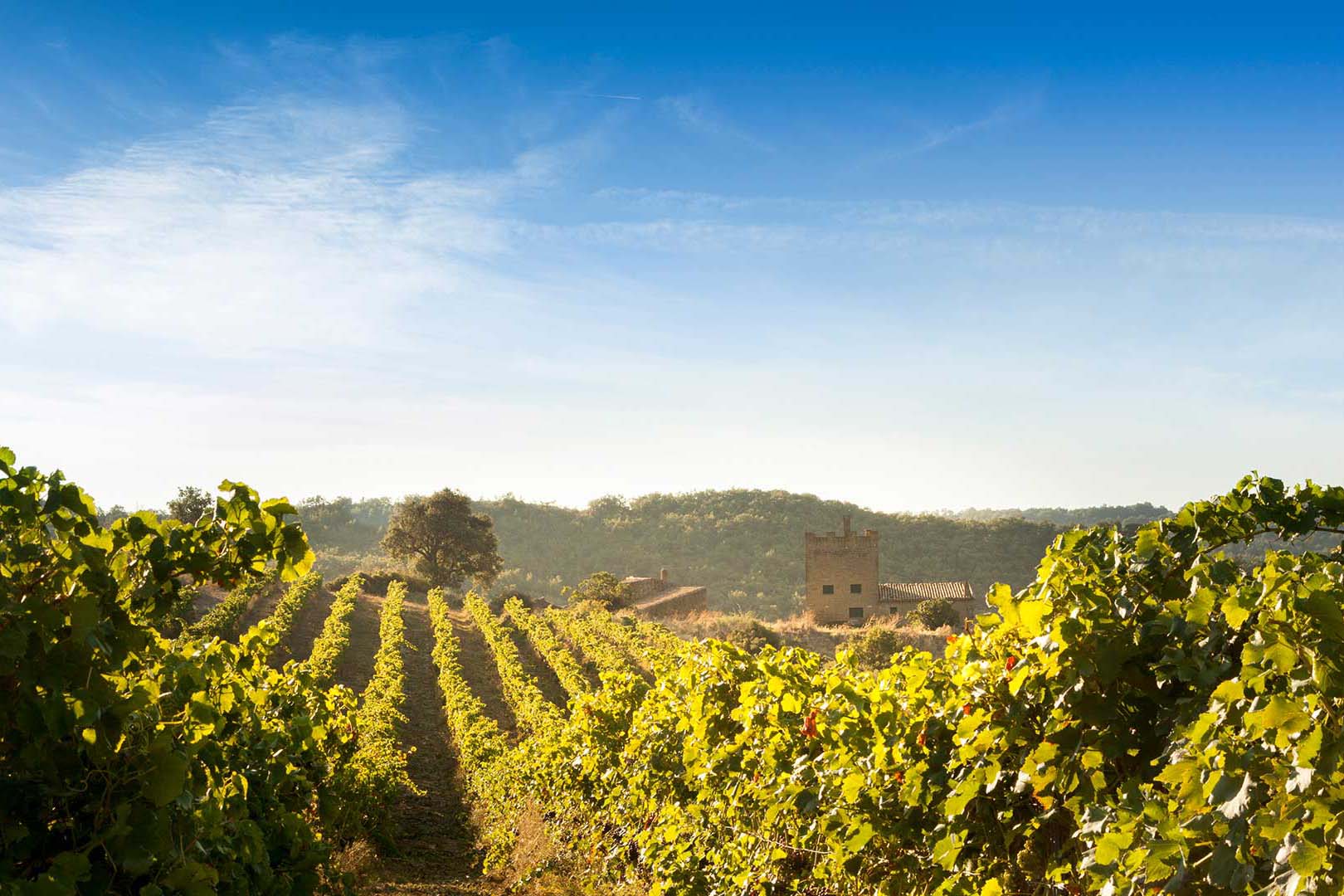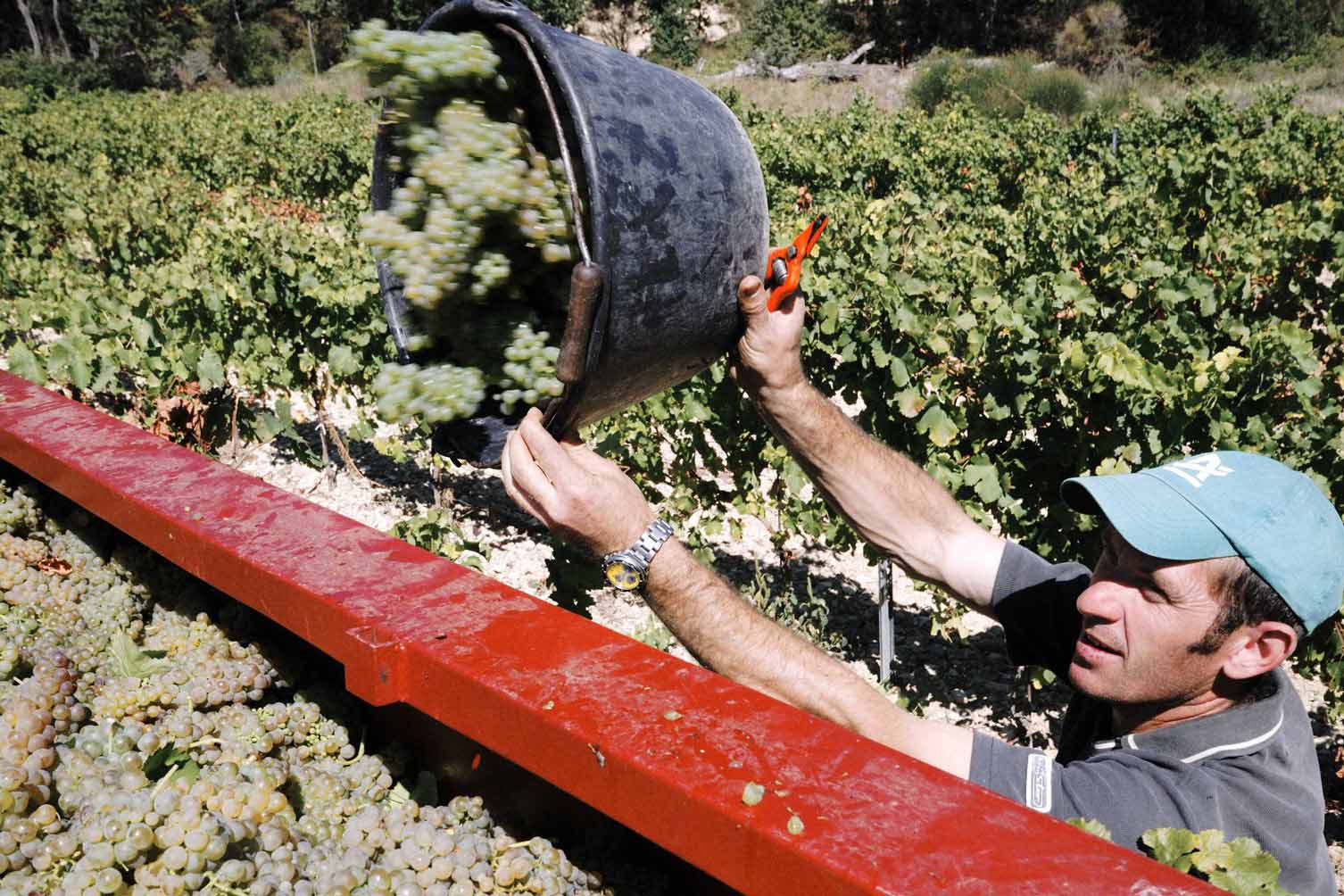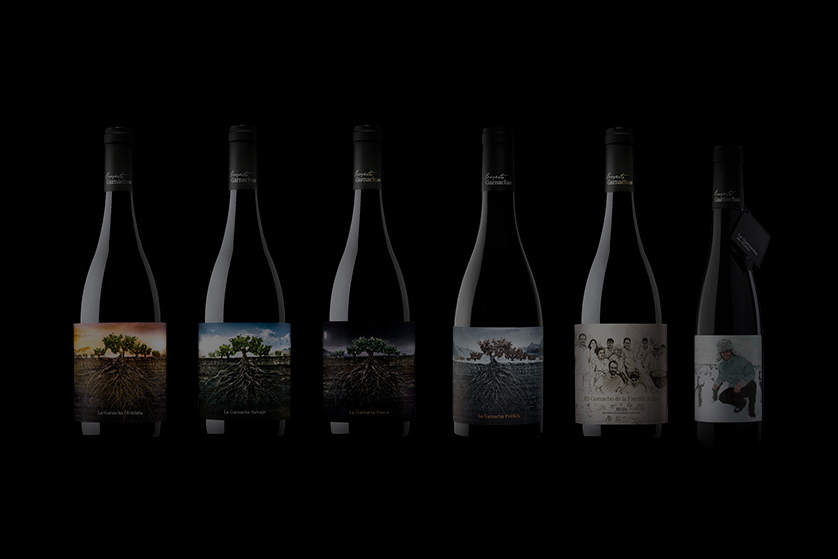Its Origins
Garnacha is one of the varieties whose wines have increased in popularity in recent years. Today, Garnacha is one of the top ten most widely-planted grape varieties worldwide, but its ancient origins lie in Aragón, northeast Spain.
The first reference data on Garnacha was in 1513 when Alonso de Herrara spoke of a variety called “Aragones” which, according to several experts, corresponds to Garnacha. That is why practically everyone recognizes its Spanish origin.
After phylloxera ravaged Spain’s vineyards at the end of the nineteenth century, Garnacha was widely replanted due to its fertile nature and tolerance of hot, arid conditions.
During the 20th century, Chateauneuf du Pape and Rioja were the areas where Garnacha of greatest importance was cultivated, producing wines of recognized prestige. Though, by the end of the century, there was a downturn that led to Garnacha being associated with wines of lesser quality. The main reasons were the susceptibility to millerandage (or shattering) and the scant resilience of this variety (when it produces many kilos it loses its qualities). The grape has since been eclipsed by the Tempranillo, as well as international varieties like Cabernet Sauvignon, Syrah and Merlot.
That is now history as in recent years, the once undervalued Garnacha grape has been experiencing a renaissance – thanks to a new wave of interest in preserving the country’s old vines and vinifying them with a more modern approach.
‘Proyecto Garnachas de España’
A Documentary on Raul Acha’s Journey
The documentary ‘Proyecto Garnachas de España’ is a journey through the history of Garnacha, the film’s main character, accompanied by the people who grow, study or make wine with it. This 45-minute documentary covers the trip carried out by Raúl Acha, a passionate advocate of the varietal, through the basin of River Ebro and the areas that have traditionally grown Garnacha: La Rioja, Navarra, Aragon and Catalonia.
The trip begins at the heart of the family Acha, where Raúl defends the value of the Garnacha vineyards that his great-grandfather planted in 1906 in his village, Cárdenas (La Rioja). The vines were about to be pulled up by his father to be replanted with other more productive varietals. Among Raúl’s family, a few believe that Garnacha will disappear because of the complications involved in its production and winemaking. Raúl, therefore, begins a search for areas with old Garnacha vineyards that experience similar issues, and in each of these areas (Calatayud, the Moncayo and the Priorat), he encounters various locals telling him about the history of Garnacha in their area and its evolution.
Following that road trip, Raúl Acha returns to La Rioja with his own project, a collection of wines made from each of the areas he visited on his search for old vines Garnacha. The collection also includes wines made in La Rioja with grapes from the old vines planted by his great-grandfather. The traditional way of harvesting, carried out by his family, is also shown in the documentary, and it ends with a very special tasting of the entire collection, in which we see if Raúl’s father – in favour of pulling up the vines – still has the same opinion. The revival of Garnacha begins here…






